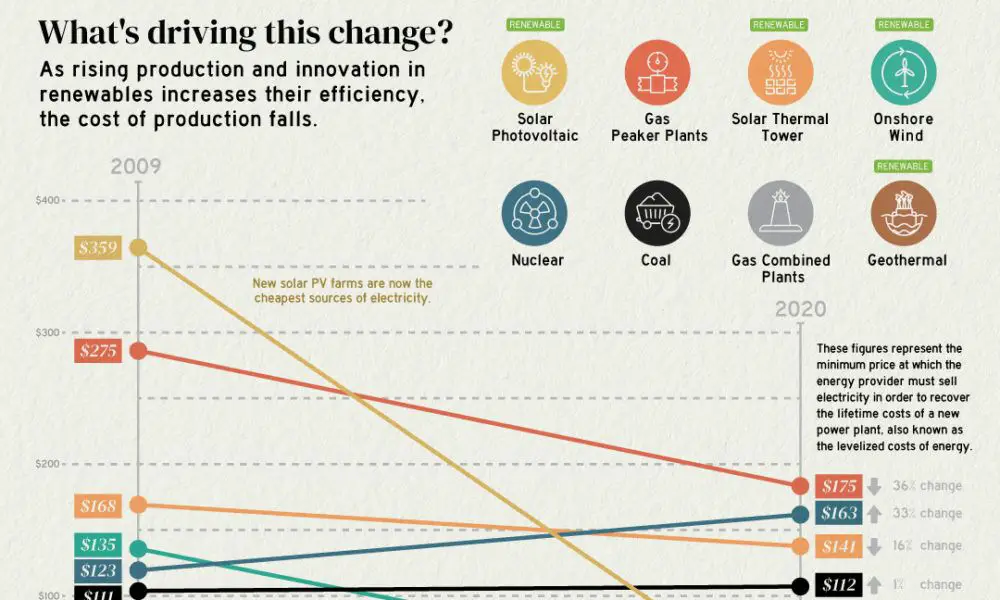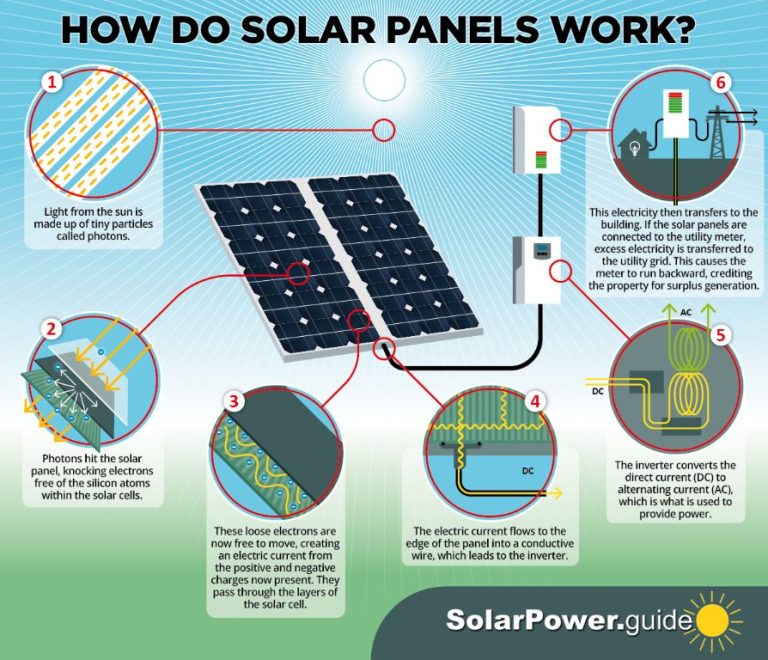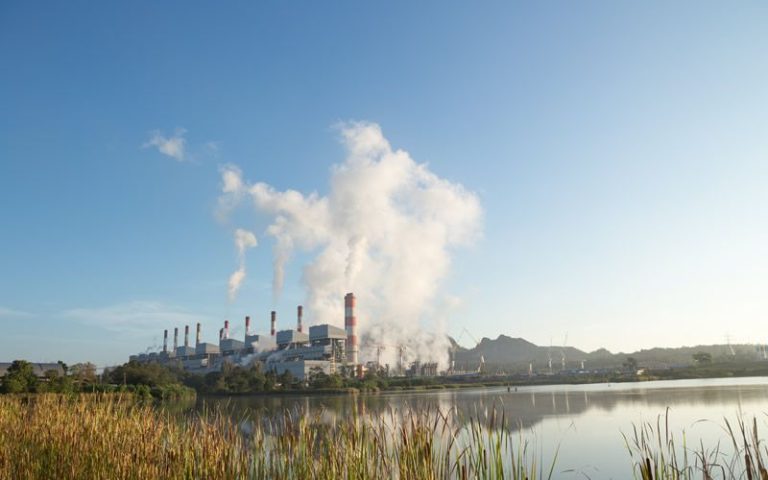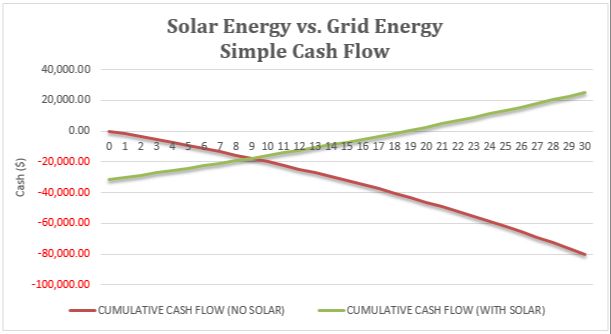Is Investing In Renewable Energy Expensive?

The cost of renewable energy has declined substantially over the past decade, making it an increasingly affordable and competitive alternative to fossil fuels. Technological improvements, manufacturing scale, and supportive government policies have all contributed to driving down costs. The thesis of this piece is that investing in renewable energy is becoming more affordable over time thanks to continued advancements in technology.
Current Costs
As of 2023, purchasing and installing solar panels costs an average of $2 to $4 per watt of sunlight-to-electricity capacity, with costs continuing to decline. According to Solar.com, for premium monocrystalline solar panels, you can expect to pay between $400 to $600 for each 400-watt panel, or $1 to $1.50 per watt. Larger systems for homes cost around $20,000 on average prior to tax credits and incentives. The final system cost depends on factors such as your location, solar panel brand and efficiency, labor and installation costs, and any permits or fees required.
For large utility-scale systems, current costs range from around $0.7 to $1.3 per watt, with the U.S. Department of Energy citing costs between $0.8 and $1.1 per watt as typical for a large-scale system in 2021. The larger and more efficient the system, the lower the cost per watt due to economies of scale. According to Forbes, commercial systems over 1 megawatt can see costs around $0.99 per watt.
Onshore wind energy currently costs around $60-90 per megawatt hour, with larger turbines seeing costs decline in recent years, according to the U.S. Department of Energy. Offshore wind had slightly higher costs of $96-142 per megawatt hour in 2020. For comparison, new natural gas power costs around $44-68 per MWh.
Sources:
https://www.solar.com/learn/solar-panel-cost/
https://www.forbes.com/home-improvement/solar/cost-of-solar-panels/
Solar, wind, and other renewable energy costs have been dropping dramatically over the past decade. According to the National Renewable Energy Laboratory (NREL), between 2010 to 2020, utility-scale solar photovoltaic (PV) system costs fell 82%[1]. Costs for distributed solar PV systems, which are installed on homes and businesses, fell 70% during the same period. Onshore wind costs dropped 40% over the decade.
A key driver in the declining costs has been improvements in solar panel efficiency. According to EnergySage, solar panel efficiency has risen from around 15% to over 20% in the last 10 years[2]. More efficient panels mean that less surface area is needed to generate the same amount of electricity. Other factors include economies of scale in manufacturing, improved supply chains and installation processes, and technology improvements across solar and wind technologies.
The dramatic reductions in renewable energy costs have led to increased adoption worldwide. With costs projected to continue falling, the growth of solar, wind, and other renewables is expected to accelerate going forward.
Cost Trends
[1] https://www.nrel.gov/news/program/2021/documenting-a-decade-of-cost-declines-for-pv-systems.html
[2] https://www.energysage.com/solar/solar-panel-efficiency-cost-over-time/
Factors Driving Cost Declines
There are several key factors that have driven down costs for renewable energy in recent years:
Technology improvements – Innovations in materials, design, and manufacturing have improved the efficiency and performance of technologies like solar panels and wind turbines. For example, solar panel efficiency has increased from around 15% to over 20% in the last decade.
Manufacturing scaling – As deployment of renewables has dramatically increased, manufacturing has scaled up allowing for economies of scale. Between 2010 and 2019, the average solar module price fell 82% due to scaling and fierce competition amongst manufacturers.
Supply chain development – The growth of the renewable energy industry has encouraged major investments in supply chains and infrastructure. More streamlined, global supply chains have lowered component and logistics costs.
Financing improvements – Declining capital and financing costs, as financial markets gain confidence in renewables, have reduced soft costs. The levelized cost of electricity from renewables drops as weighted average cost of capital falls.
Increasing competition – As the renewable energy market matures, increased competition amongst manufacturers, developers and operators has driven down costs through innovation and efficiency gains. Auctions for wind and solar projects also force competitive bidding.
Grid Parity
Grid parity refers to when an alternative energy source, like wind or solar, can generate electricity at a levelized cost that is less than or equal to conventional power sources like coal and natural gas [1]. Reaching grid parity is considered a crucial milestone, as it allows renewable energy to compete economically with traditional fossil fuels.
In the last decade, the cost of solar and wind power has declined dramatically, driven by technological improvements, economies of scale, and public policy support. According to Lazard’s levelized cost of energy analysis, the unsubsidized cost of utility-scale solar PV declined 88% from 2009 to 2020, reaching $36/MWh. Onshore wind declined 70% over the same period, reaching $26/MWh [2]. These costs are now cheaper than coal and natural gas in many markets.
Reaching grid parity enables wider adoption of renewables. Once cost-competitive without subsidies, wind and solar can be deployed purely based on economics rather than environmental motives. Grid parity represents a crucial inflection point for renewable energy and a declining need for policy support as costs continue falling.
Impact on Adoption
The decline in costs of renewable energy sources such as solar and wind power is leading to increased adoption of these technologies. According to the IEA, costs for new solar PV and wind installations have fallen dramatically over the past decade, making them increasingly competitive with fossil fuel alternatives. Though costs have ticked up recently due to supply chain issues, they remain far below 2010 levels.
This cost advantage has led to renewables making up an ever greater share of new power generation capacity added globally each year. In 2021, renewable power capacity grew by over 260 GW, accounting for over 80% of all new power generation capacity added. Solar PV alone accounted for over 60% of this growth. As costs continue to fall, renewables are expected to capture an increasing share of the electricity generation mix in the years ahead.
At the utility scale, lower costs make wind and solar the cheapest sources of new electricity generation in most markets today. This is accelerating utility investments in renewables to replace retiring fossil fuel plants. Households and businesses are also installing rooftop solar in record numbers to take advantage of lower electricity bills. The uptake of renewables is expected to continue as their compelling economics drive increased adoption worldwide.
Future Outlook
The future outlook for renewable energy costs continues to be positive, with multiple projections showing significant declines through 2030 and beyond. According to the Department of Energy’s SunShot Initiative, the 2030 cost target for utility-scale solar PV is $0.03 per kWh, half the cost of 2020 levels (https://www.energy.gov/eere/solar/sunshot-2030). The DOE roadmap outlines potential pathways to reach these aggressive cost targets through technology improvements, manufacturing innovations, and economies of scale.
Similarly, the International Renewable Energy Agency predicts the global weighted average LCOE for solar PV could decline 56% by 2030 based on anticipated tech advances and market growth (https://www.irena.org/-/media/Files/IRENA/Agency/Publication/2022/Jun/IRENA_Power_Generation_Costs_2022.pdf). With ongoing policy support, research investments, and adoption, experts expect the favorable cost trends for solar, wind and other renewables to continue, supporting increased competitiveness vs conventional power sources.
Challenges
While renewable energy offers many benefits, integrating high levels of variable and distributed renewable energy sources like wind and solar poses challenges for the electrical grid. One major challenge is intermittency and variability. Renewable sources like wind and solar generate power intermittently, when the wind is blowing or the sun is shining. This variability can lead to power quality issues on the grid. Storage technologies like batteries can help integrate more renewables by storing excess generation when supply exceeds demand. However, adding storage at large scale is still costly ([1]).
Another challenge is transmission costs and bottlenecks. Many of the best renewable resources are located far from population centers. Building new transmission lines to transport this electricity is expensive ([2]). Upgrading and expanding transmission infrastructure will be critical to enabling higher renewable energy penetration.
Role of Policy
Government policy plays an important role in driving the adoption and cost-competitiveness of renewable energy. Policy measures like subsidies, carbon pricing, and R&D funding can help accelerate the transition to renewable energy by making it more financially attractive compared to fossil fuels.
Subsidies like tax credits, grants, and preferential financing rates have helped reduce the costs of renewable energy projects and technologies. For example, the federal Investment Tax Credit (ITC) provides a 26% tax credit for solar projects and has helped the solar industry expand dramatically in the last decade (Policies and Programs). Many state governments also offer additional subsidies to supplement federal incentives.
Putting a price on carbon emissions through cap-and-trade programs, carbon taxes, or other market-based mechanisms helps account for the environmental externalities of fossil fuels and levels the playing field for renewable energy sources. Over 40 countries and many local governments now have some form of carbon pricing in place (State Renewable Energy Policies).
Direct government funding for renewable energy R&D has enabled many important technological advances that have driven down costs. The U.S. Department of Energy’s SunShot Initiative provided over $350 million in funding that helped the solar industry significantly reduce costs and achieve grid parity years ahead of projections (State Renewable Energy Resources).
Conclusion
In summary, the costs of renewable energy have declined substantially over the past decade, driven by significant advancements in technology, manufacturing, financing, and economies of scale. Renewable power generation technologies like solar panels, wind turbines, and batteries, have achieved steep cost reductions. In most areas, renewable energy has reached grid parity with traditional fossil fuels and continues to become more affordable. However, challenges like intermittency and the need for grid integration remain and will require complementary technologies like energy storage and more flexible grids, as well as supportive policy frameworks. While renewables are now cost-competitive with fossil fuels in many instances, continued innovation and declining costs will be needed for full decarbonization of power grids worldwide. The outlook is promising, but sustained commitment to R&D, infrastructure upgrades, and enabling policies will determine how quickly we can transition to a clean energy future powered largely by affordable renewables.






